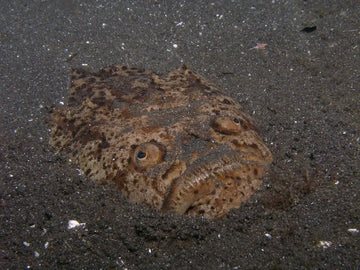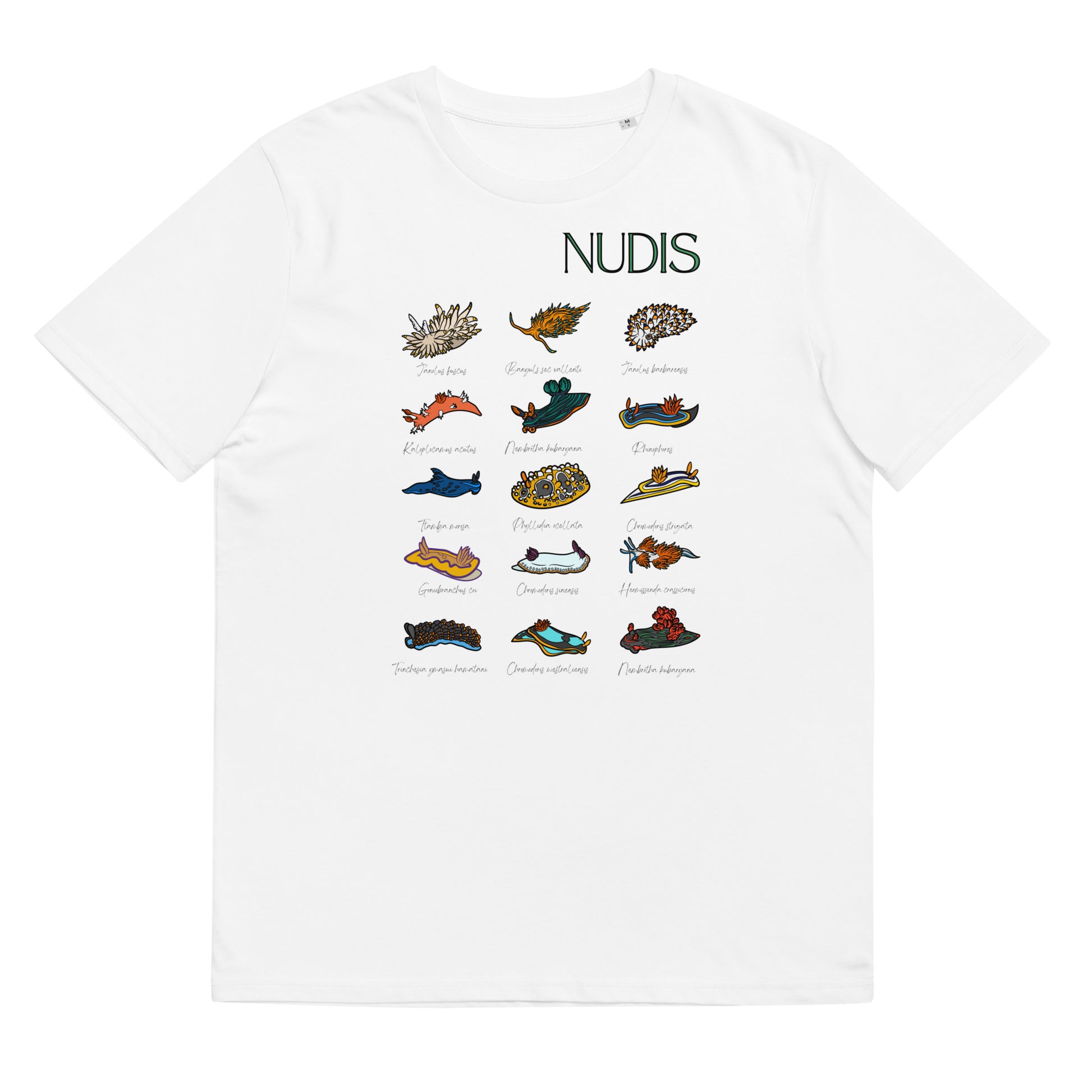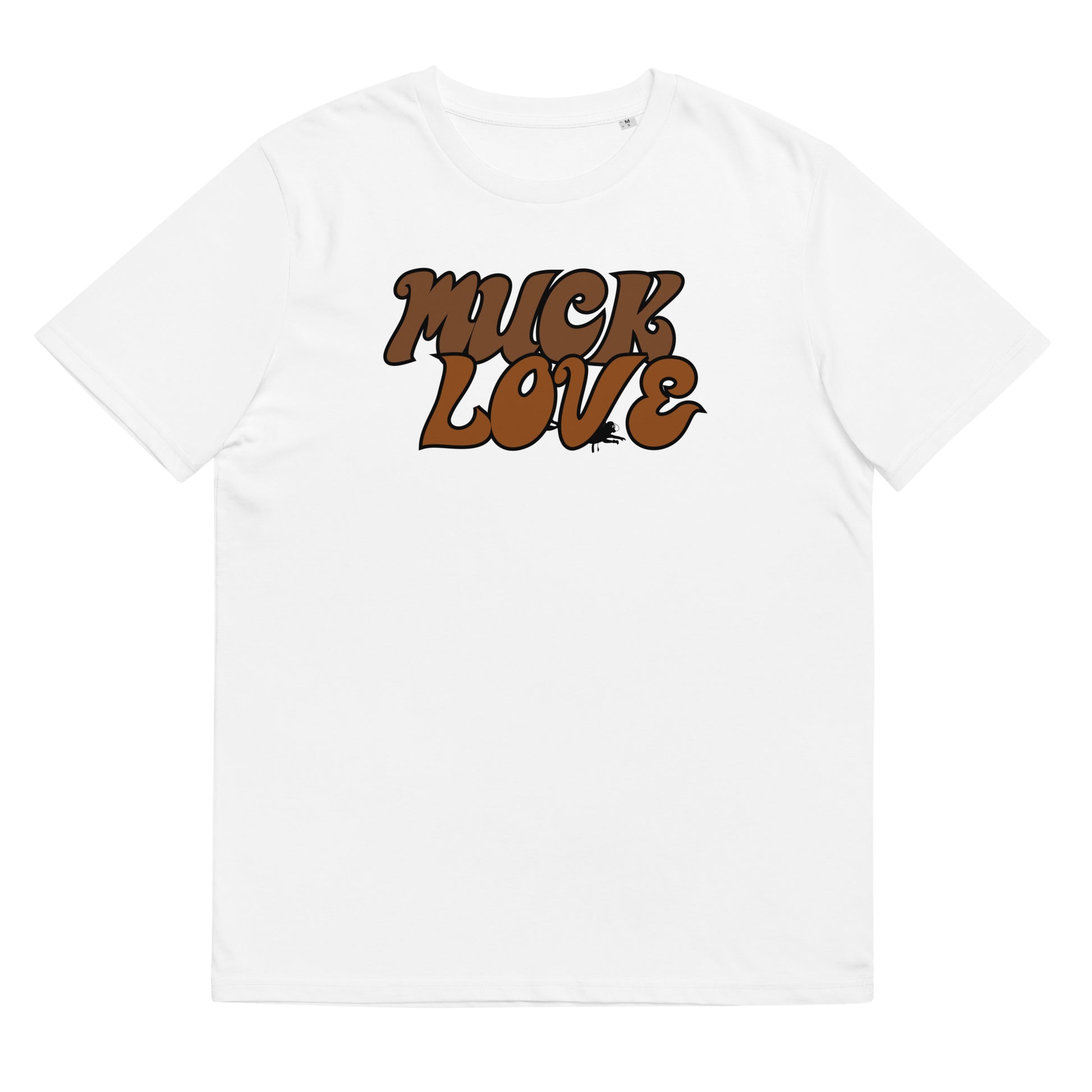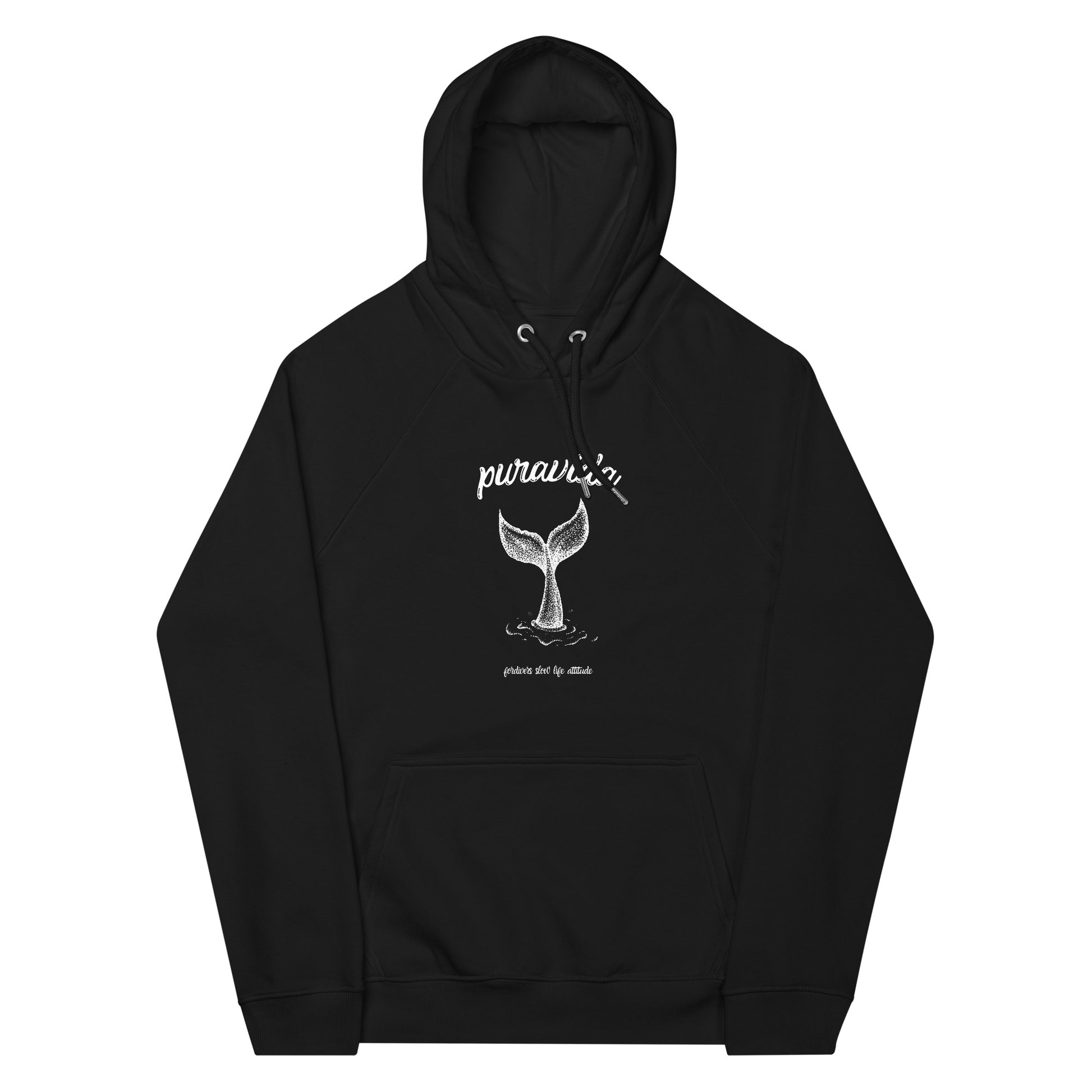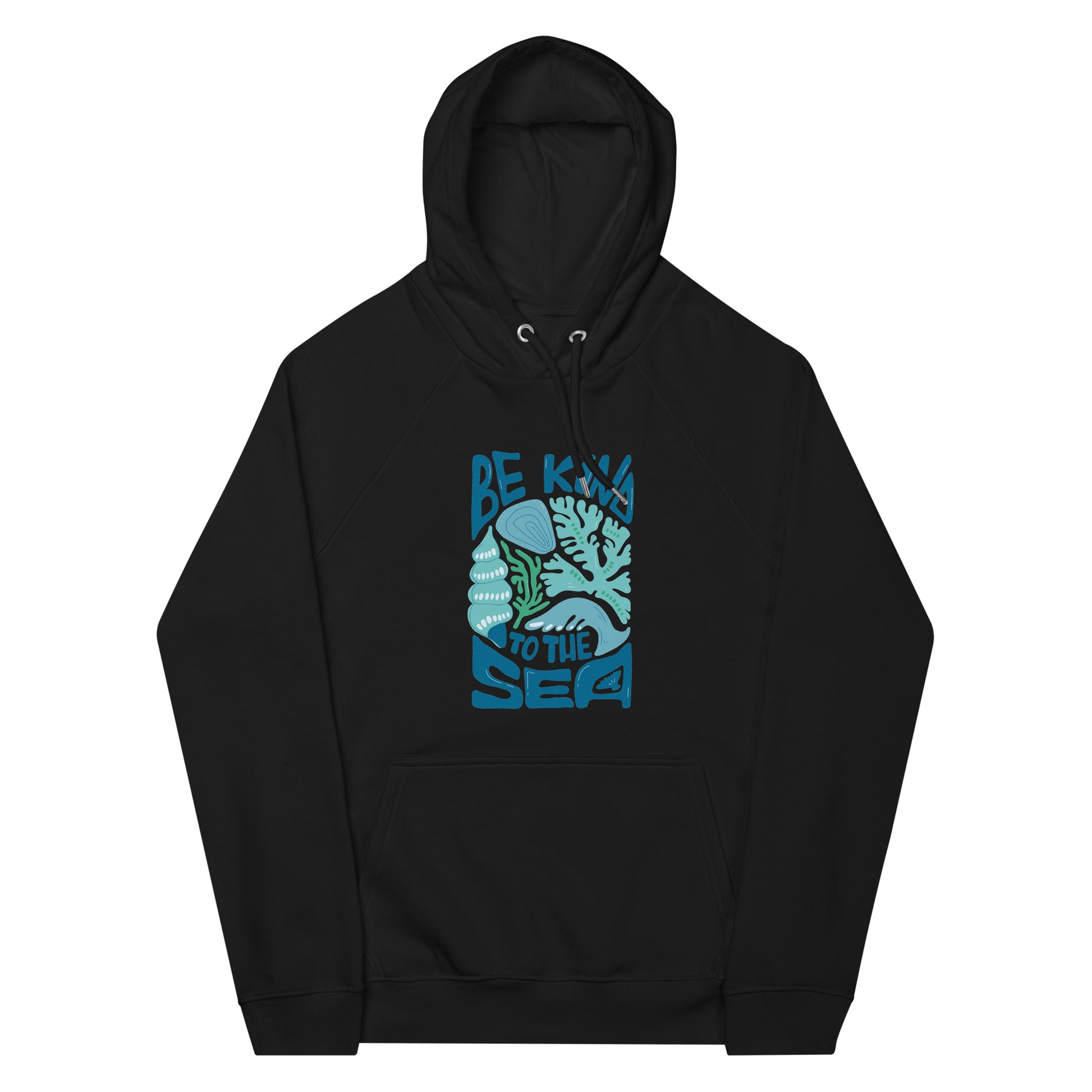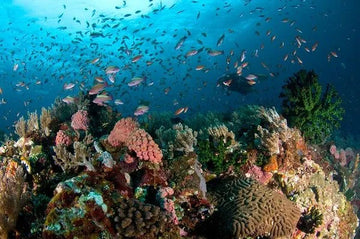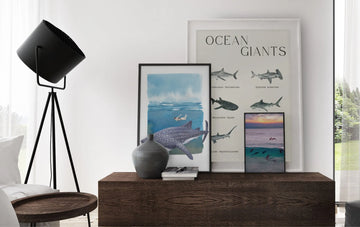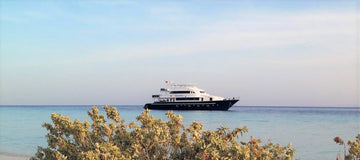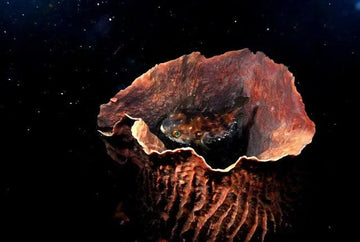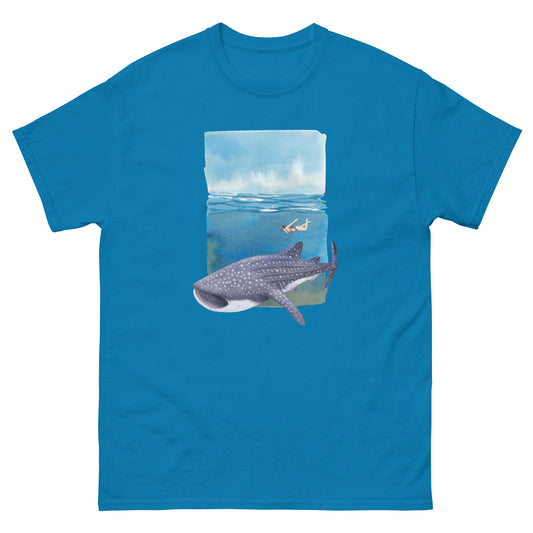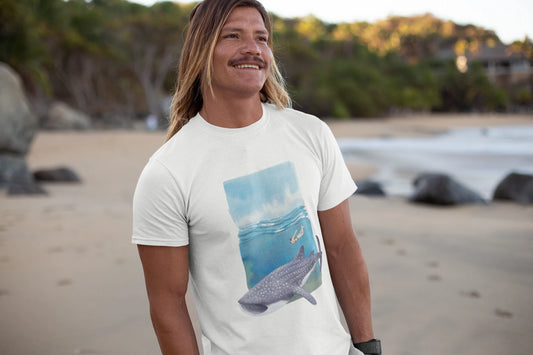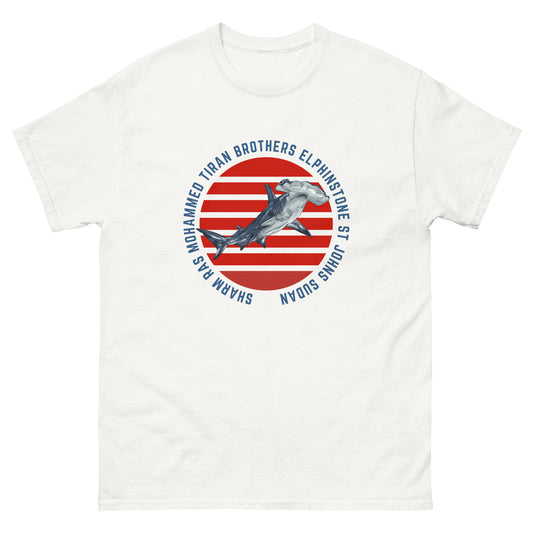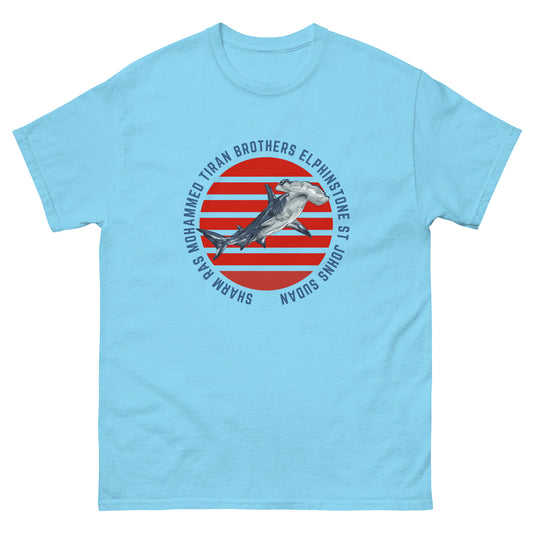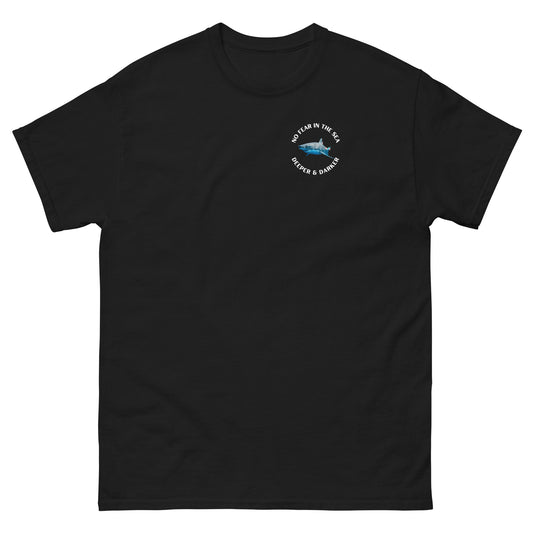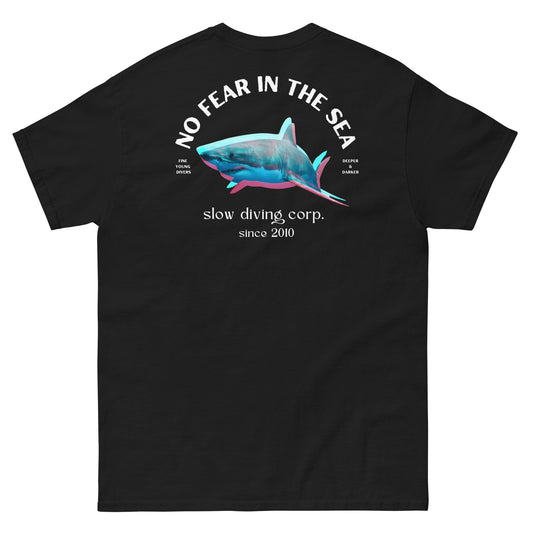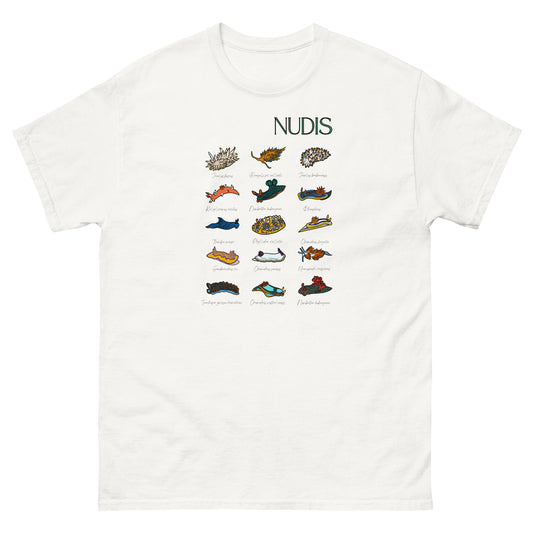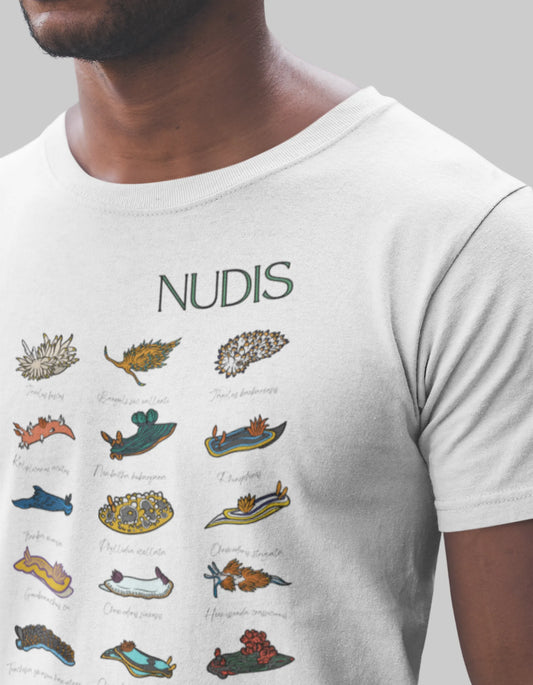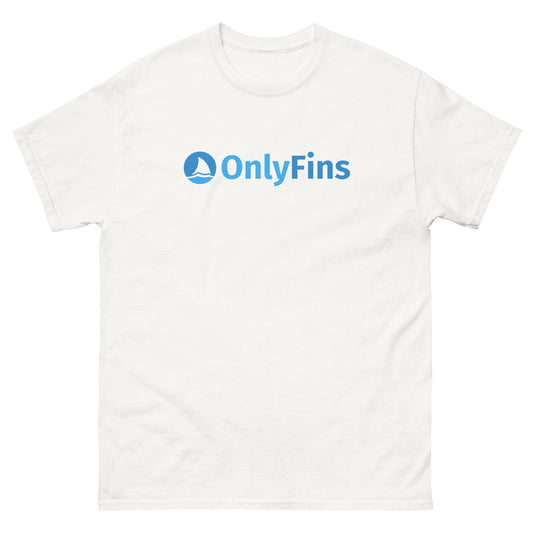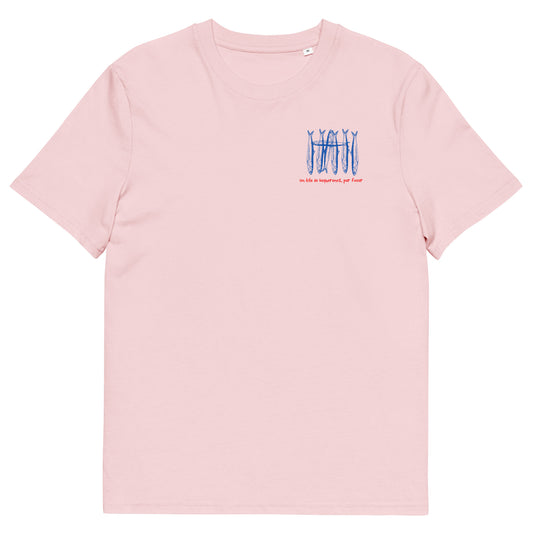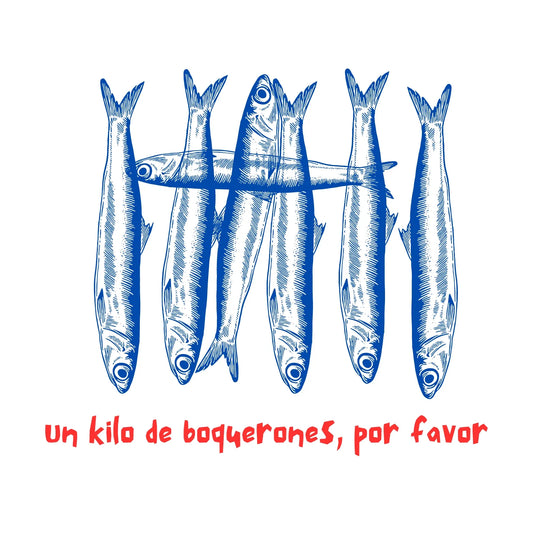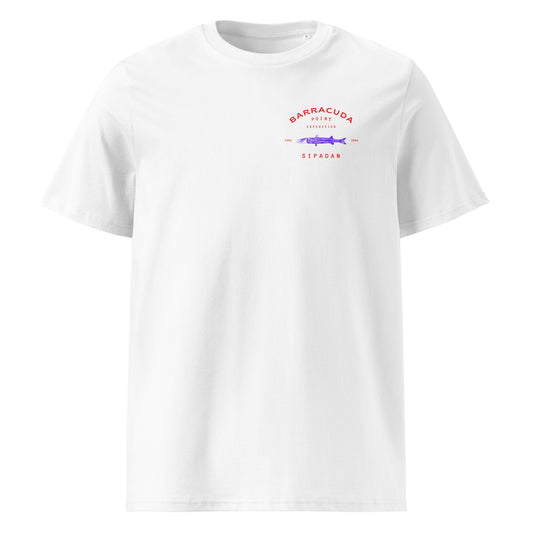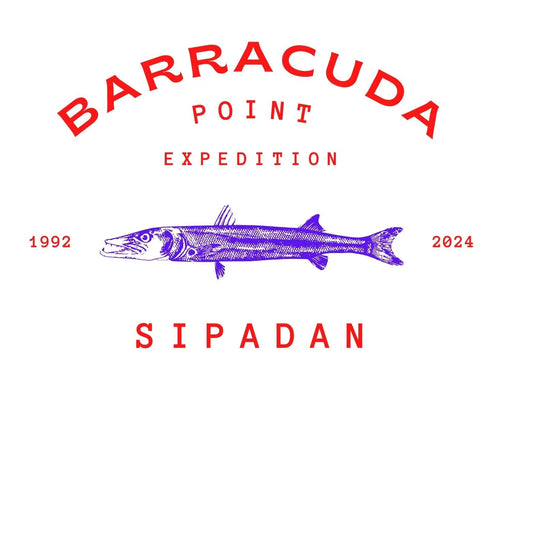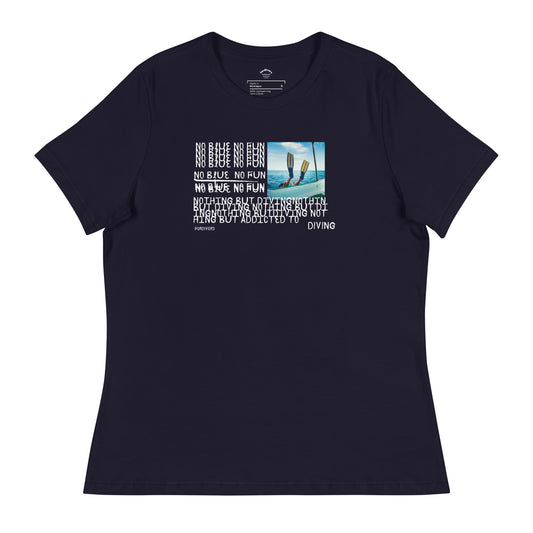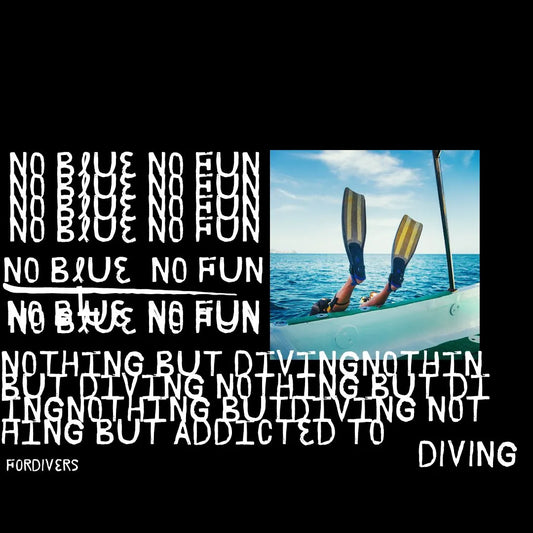If we take the term literally «muck diving» as «diving in muck» it would not seem to be most appealing type of diving, right? Diving is supposed to be a relaxing activity where you see lots of marine life, clean water with high visibility and contact with nature, something that does not seem related to «muck».
T-shirts designed by divers for divers
VIEW MORE T-SHIRTS FOR DIVERS
But muck diving is precisely the opposite of what you might associate with its name. While it is true that there is mud, visibility is not the best and is not filled with colorful coral gardens, it is also true that you will leave the water with an open mouth after seeing some of the strangest creatures of the ocean, critters that seem to come from another planet in a place where evolution has followed its own rhythm. You’ll find poisonous species, perfectly suited to dark and muddy backgrounds, with great capacity for mimicry in a place that exemplifies the dream of any marine biologists.

This goby has found its home in human waste in the Dinah Beach, Papua New Guinea, where the concept of muck diving was created. Image by Froschmann
To have the ideal conditions for diving muck we have to find areas with volcanic activity and river mouths that fill the bottom with lava, ash and black sand rich in minerals. To this we must add large amount of decaying organic matter such as trees and other vegetation that ended up underwater.
Hoodies Designed for the Deck of Your Liveaboard
SEE MORE SWEATSHIRTS FOR DIVERS
These areas of low current conditions does not provide corals the best conditions to set and draw out easily, although is possible to find both hard and soft coral, algae, sponges and anemones, but not in great profusion. These conditions occur primarily in the Philippines, Malaysia, Indonesia and Papua New Guinea, areas with constant volcanic activity. The best muck diving places in the world are concentrated in the Lembeh Strait, Tulamben (especially in Seraya Secret), Anilao, Bali, Sulawesi, Komodo and Mabul in Asia, but we can find good muck dives in Pacific islands like Yap or Hawaii.


ANIMALS COMING FROM ANOTHER PLANET
The species that live in these harsh and difficult conditions have two common characteristics: to pass unnoticed through their camouflage or to get loaded with poison to fight predators and hunt… even both at the same time in some cases.
In these extreme conditions you can dive with thousands of species that in other areas are very difficult to find but in the kingdom of muck diving you’ll see continuously. There you will also find some valuable endemic species. This is home to many varieties of frogfish, lots of seahorses (including the pygmy seahorse), poisonous sea snakes, mantis shrimps, flamboyant cuttlefish. Or ghost pipefish, a wide variety of poisonous scorpion fish and lionfish, crocodile fish perfectly camouflaged. The weirdest animals, like Rhinopias, hundreds of nudibranchs with psychedelic colors contrasting with the dark background, cat sharks or mandarin fish are common in muck diving destinations. Yes, the list is almost endless.
Mugs for Ocean Lovers
SEE MORE MUGS FOR DIVERSBut we should highlight two octopuses that represent the needs that animals require to survive under these conditions: the mimic octopus, able to mimic different species to avoid predators and the tiny blue-ringed octopus, one of the most venomous creatures on the planet. There is no doubt that life in the territory of the mud is not easy.
TIPS FOR SAFE MUCK DIVING
- Do not touch anything. The advice of never touch marine species that you have to apply in every dive is more important than ever when muck diving. Both for the safety of animals and your own, under no circumstances you should touch any animal. A lot of species that live here contain powerful poisons.

- Use a rod to stabilize. Although it seems that the sandy bottom is uninhabited, there are many animals that hide under the mud. Do not lean on the bottom and always keep good buoyancy. Although you wear diving gloves, the poisonous stings of a devil fish or scorpion fish, for example, can cross the fabric of the glove and give you a good scare. The best way to stabilize yourself is to use a thin stainless steel rod, known as pointers, that do not damage the environment and stabilize you when need it.
- Keep your head close and fins away. And never flap near the bottom. The best position is to keep the head near the bottom, fins away and wait a safe distance to flap. That way you won’t hurt animals or lift up the slime complicating visibility.
- Anchor well your accessories. This advice that applies to any diving area is very important in areas of muck diving. Neither regulator, camera, no anything else must touch the bottom.
- Beware the camera flash. These animals are used to low light conditions. Repeatedly directing camera flash to their eyes can disorient and blind them for seconds. Do not abuse the light elements, we do not like it either.

